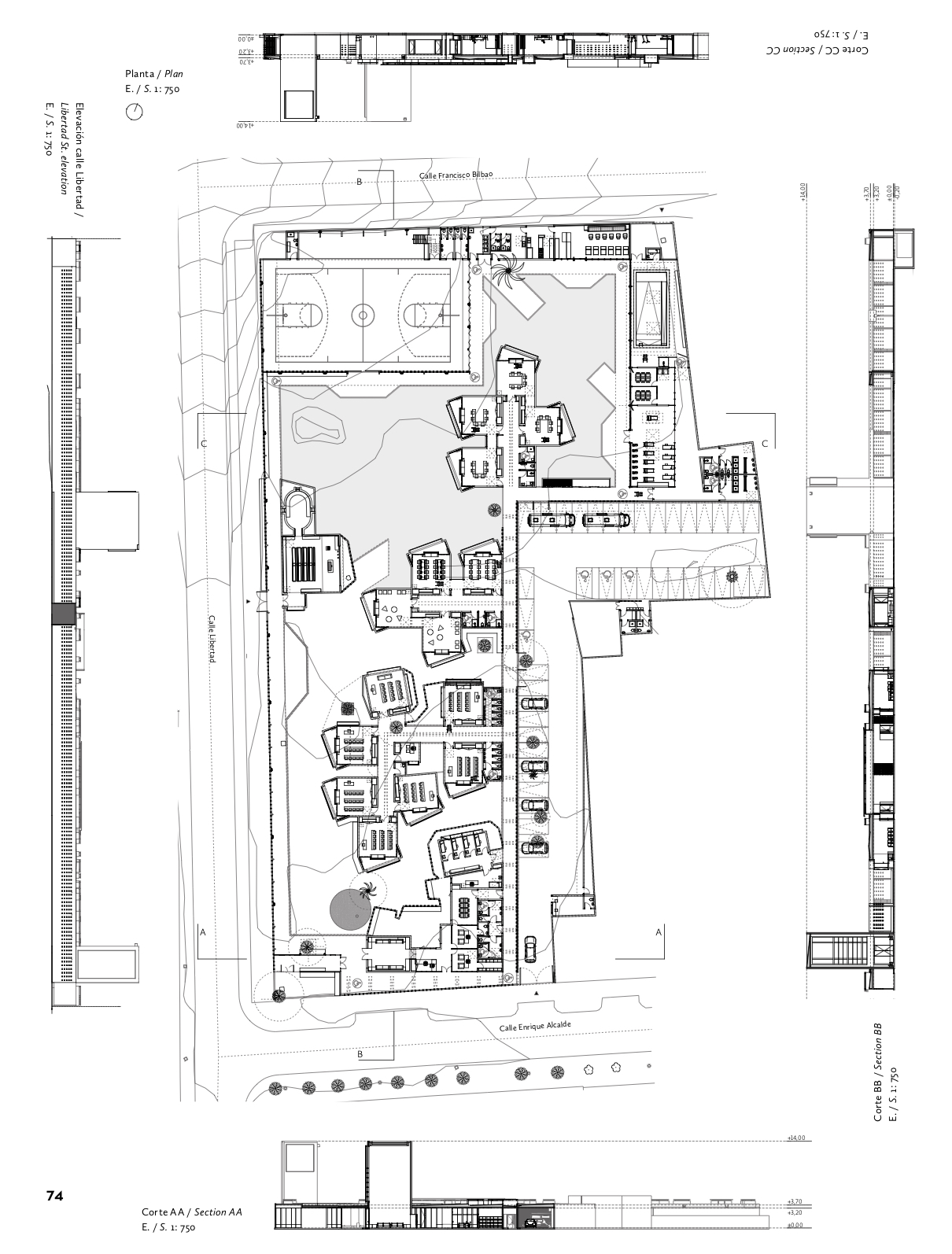Fig.
1 - Photo by Gilbert Garcin, "La colère divine", 2002.
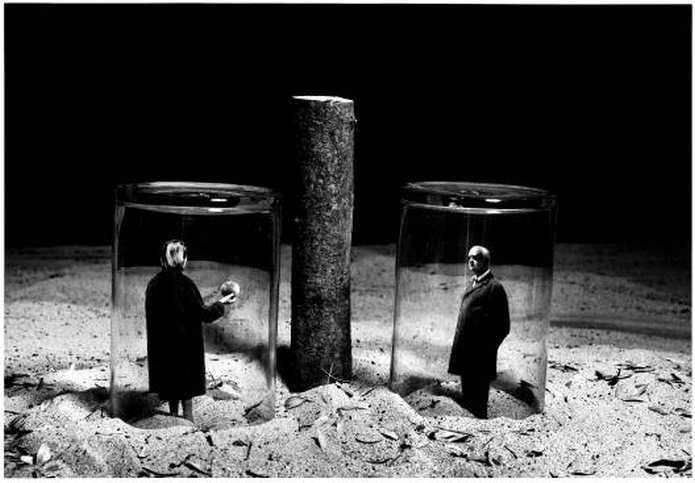
Fig.
2-3 - Sebastián Irarrázaval, "Locutorio",
scenography for the play by the playwright Jorge Díaz staged at the Centro Cultural Gabriela Mistral, Santiago, 2017.
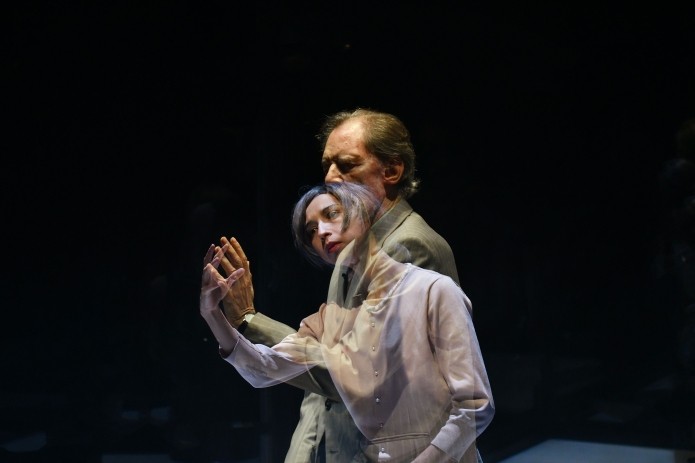
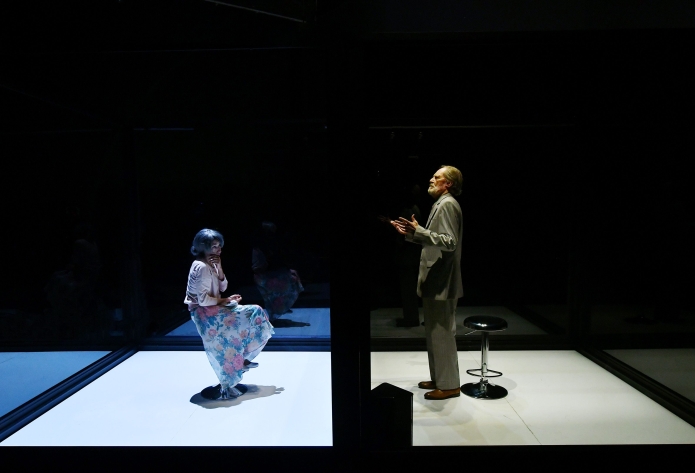
Fig.
4-5 - Silos e cistern in the municipality of Licantén, Chile, 2020.
Sebastián Irarrázaval Archive.
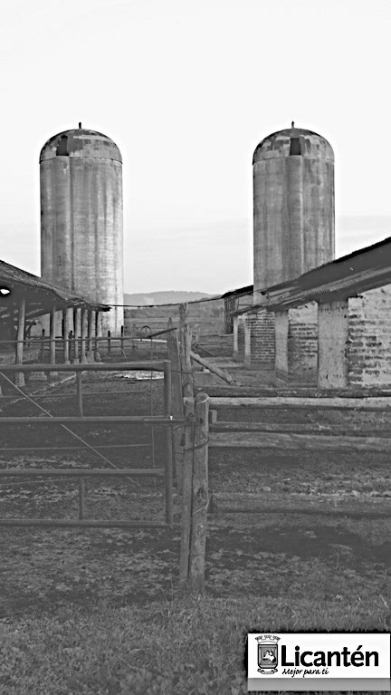
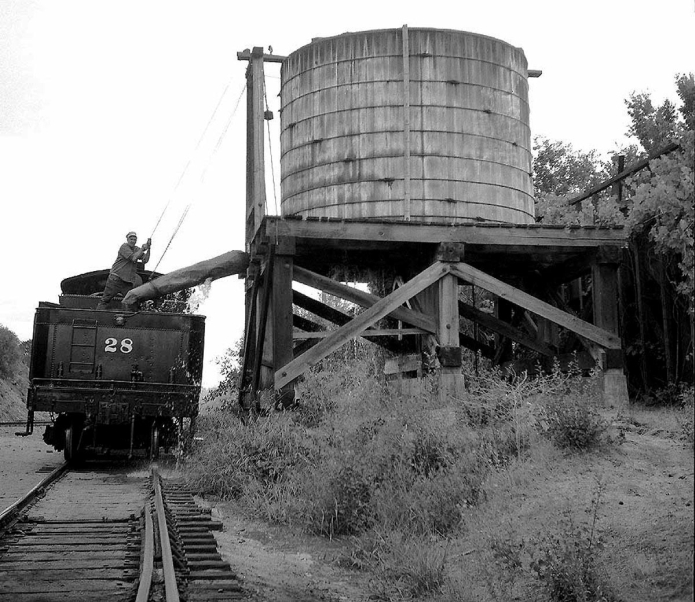
Fig.
6 - Sebastián Irarrázaval, "Teatro Mataquito",
Licantén, Chile, 2020. Sebastián Irarrázaval Archive
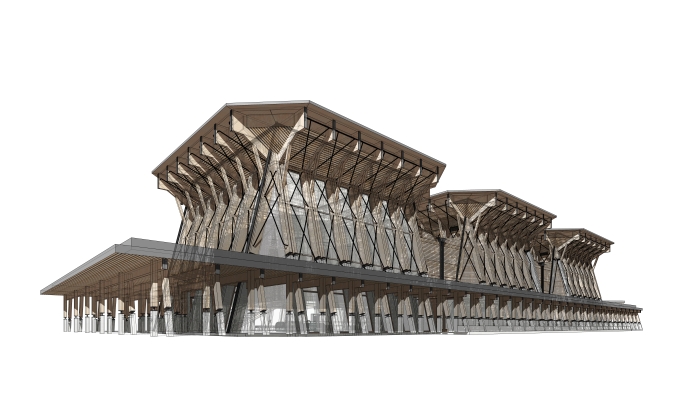
Fig.
7 - Sebastián Irarrázaval, "Teatro Mataquito",
Licantén, Chile, 2020. Sebastián Irarrázaval Archive
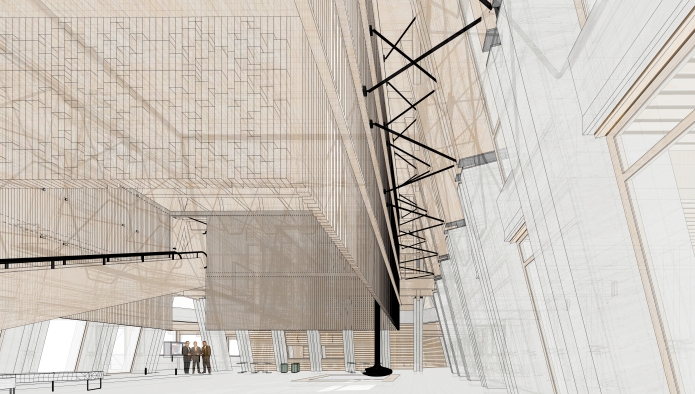
Fig.
8 - Sebastián Irarrázaval, "Public Library",
Constitución, Chile, 2015. Sebastián Irarrázaval Archive
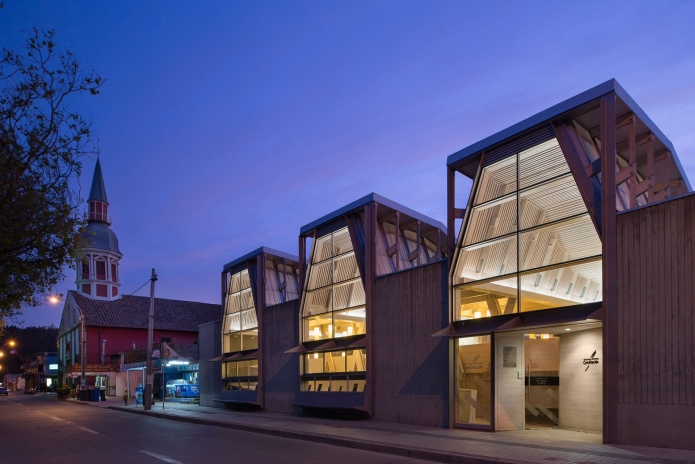
Fig.
9-10 - Sebastián Irarrázaval, "Public Library",
Constitución, Chile, 2015. Sebastián Irarrázaval
Archive

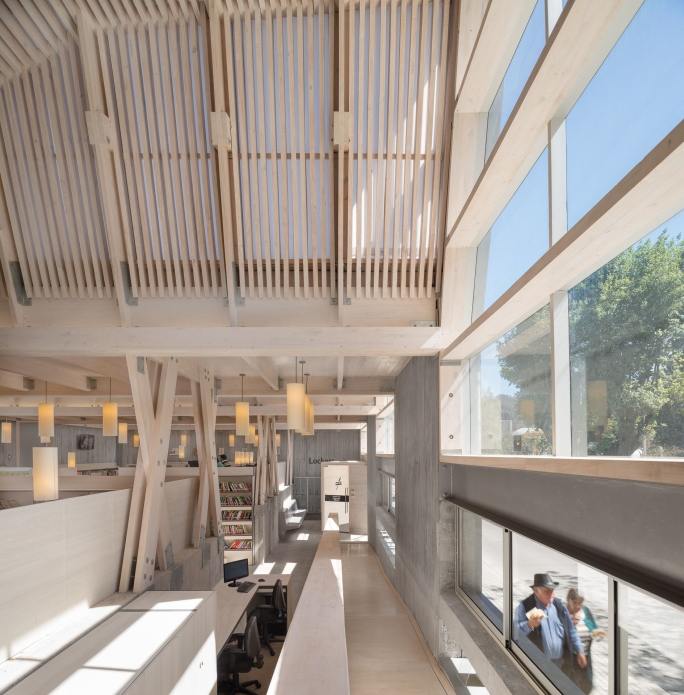
Fig.
11 - Sebastián Irarrázaval, "Public Library",
Constitución, Chile, 2015. Sebastián Irarrázaval
Archive
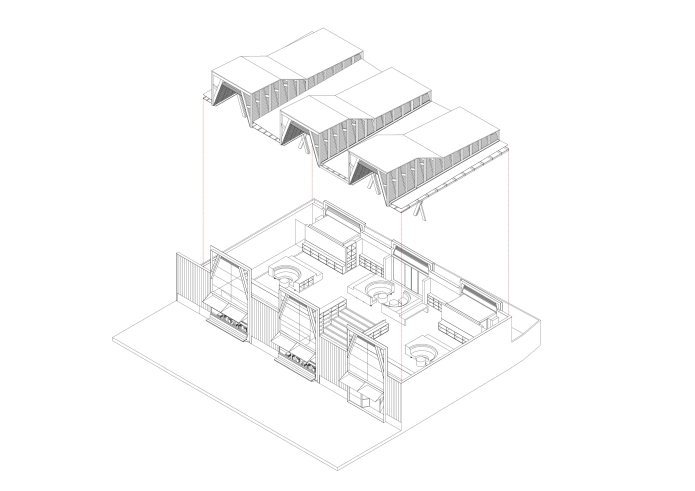
Fig.
12 - Sebastián Irarrázaval, "Integral Stimulation
Center", Talagante (Santiago), Chile, 2020. Photo by Cristobal Palma.
Sebastián Irarrázaval Archive
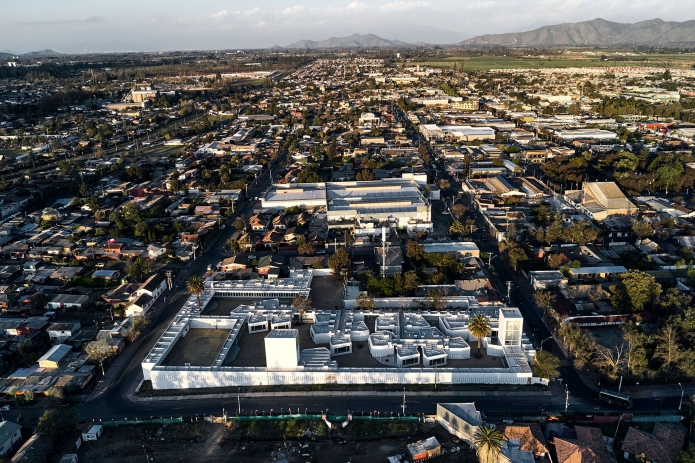
Fig.
13-14 - Sebastián Irarrázaval, "Integral
Stimulation Center", Talagante (Santiago), Chile, 2020. Photo by
Cristobal Palma. Sebastián Irarrázaval Archive

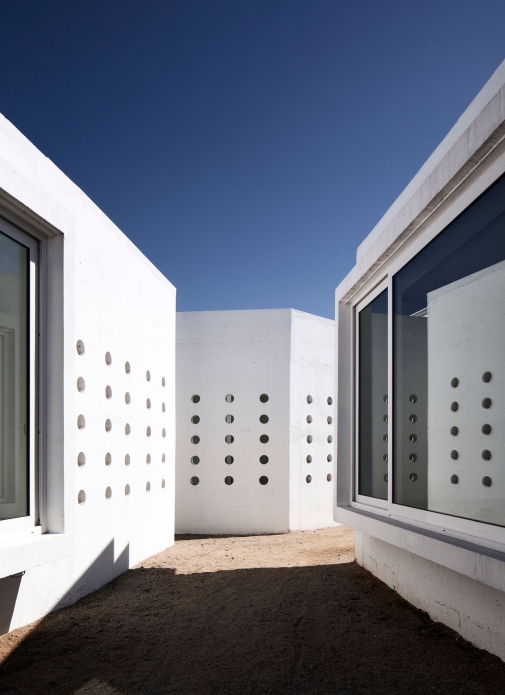
Fig.
15 - Sebastián Irarrázaval, "Integral Stimulation
Center", Talagante (Santiago), Chile, 2020. Photo by Cristobal Palma.
Sebastián Irarrázaval Archive
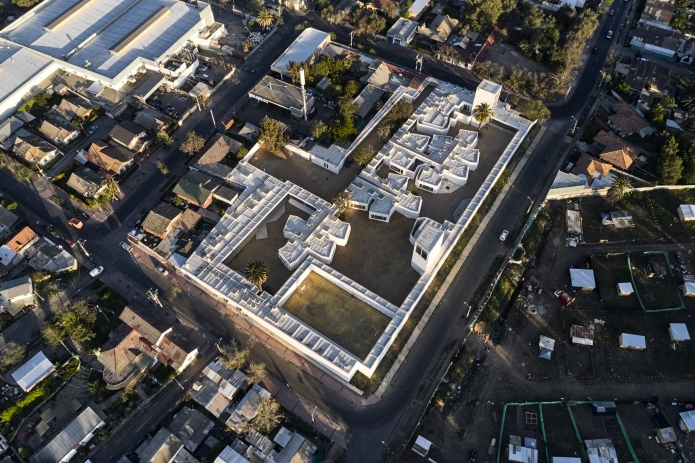
Fig.
16 - Sebastián Irarrázaval, "Integral Stimulation
Center", Talagante (Santiago), Chile, 2020. Photo by Cristobal Palma.
Sebastián Irarrázaval Archive
